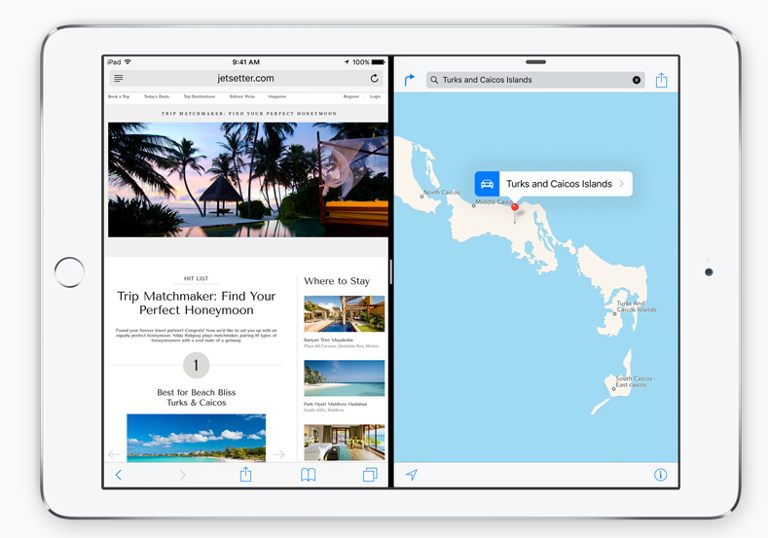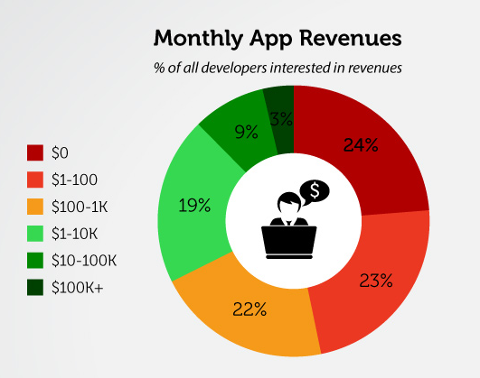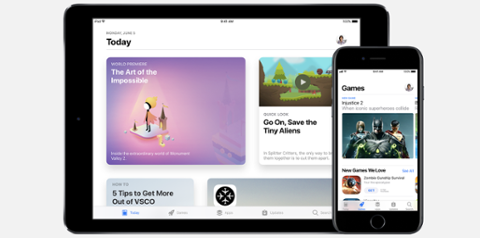The upcoming iOS 9 isn’t a radical revamp of Apple’s mobile operating system; unlike iOS 7, which chucked virtually all of Apple’s existing design work in favor of a brand-new aesthetic, it doesn’t look sizably different from its immediate predecessor. And unlike iOS 2, there’s nothing so game-changing as a new app store. What iOS 9 does best is strengthen the platform’s existing assets, such as Siri. For app developers and feature-builders, that means it’s still pretty much business as usual when it comes to creating products for Apple’s App Store. Even so, some of the upgrades are notable, if only because they provide clues over how iOS will evolve in coming years:
Siri
The next iOS will more deeply integrate Siri, Apple’s digital assistant, with apps such as email. Collectively termed “Proactive Assistant,” these features will behave in a fashion reminiscent of Google Now. The upgraded Siri will suggest relevant people, suggested apps, local news items, and nearby places (such as restaurants) in response to time of day, individual usage patterns, and more. Check out the latest iOS-developer jobs.
Maps
Apple’s Maps—constantly pooh-poohed as a weak alternative to Google Maps—is getting a hefty dose of steroids in iOS 9, starting with public-transit maps for more than 20 cities, including New York City and London.
Multitasking
On the iPad, users will now have the ability to “split” the screen between multiple live apps, bringing a bit of desktop-style muscularity to the iOS interface. (The screenshot above should give you a decent idea of what it looks like once implemented.)
Notes
You can now sketch designs, add images, and integrate checklists into Notes, which could make the feature more competitive against a growing number of productivity and organizational apps on the market (cough, Evernote, cough).
Wallet/Passbook
Apple’s Passbook is now called Wallet, and features integration with a wider range of credit and loyalty cards.
News
Apple’s new News app is of particular interest to content producers. Similar in many ways to Flipboard, News displays stories from publications in a mobile-friendly, design-intensive way. For publishers, News opens up a potential new audience for content—but may further undermine the ad-supported model that keeps many publications (barely) afloat. “This app will be on hundreds of millions of devices within 24 hours of its debut,” is how Nieman Lab put it. “Articles can be put into a generic wrapper or—if built using something new called Apple News Format—in a custom wrapper that reflects the news org’s branding.”
More Space
Apple claims that iOS 9 will only take up 1.8GB of free space, versus 4.6GB for iOS 8. That’s important for most developers and tech pros insofar as it frees up users’ devices for more apps.
Conclusion
Tech pundits are already claiming that iOS 9 is nothing more than a way for Apple to play catch-up with Google and Microsoft on a features level. But when you think about the history of iOS, many of its iterative leaps have focused on adopting and refining other platforms’ standout features, rather than producing utterly new things. When Apple does produce something new, other competitors quickly move to create their own take on it. That aggressive tit-for-tat has helped the mobile-device arena evolve by leaps and bounds over the past eight years. For developers, iOS 9 will present some new things to think about with regard to building apps and features; but nothing here should cause panic.



